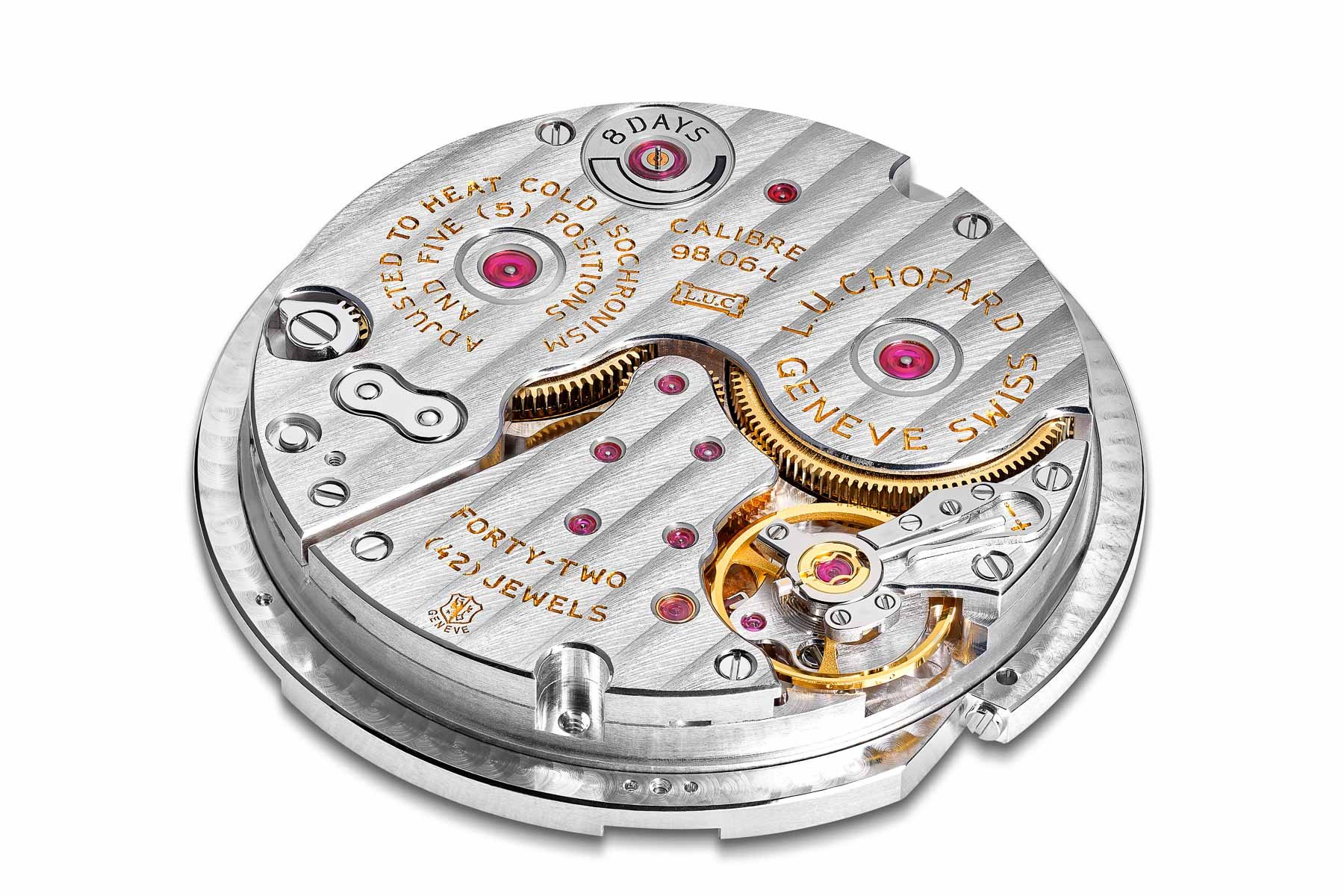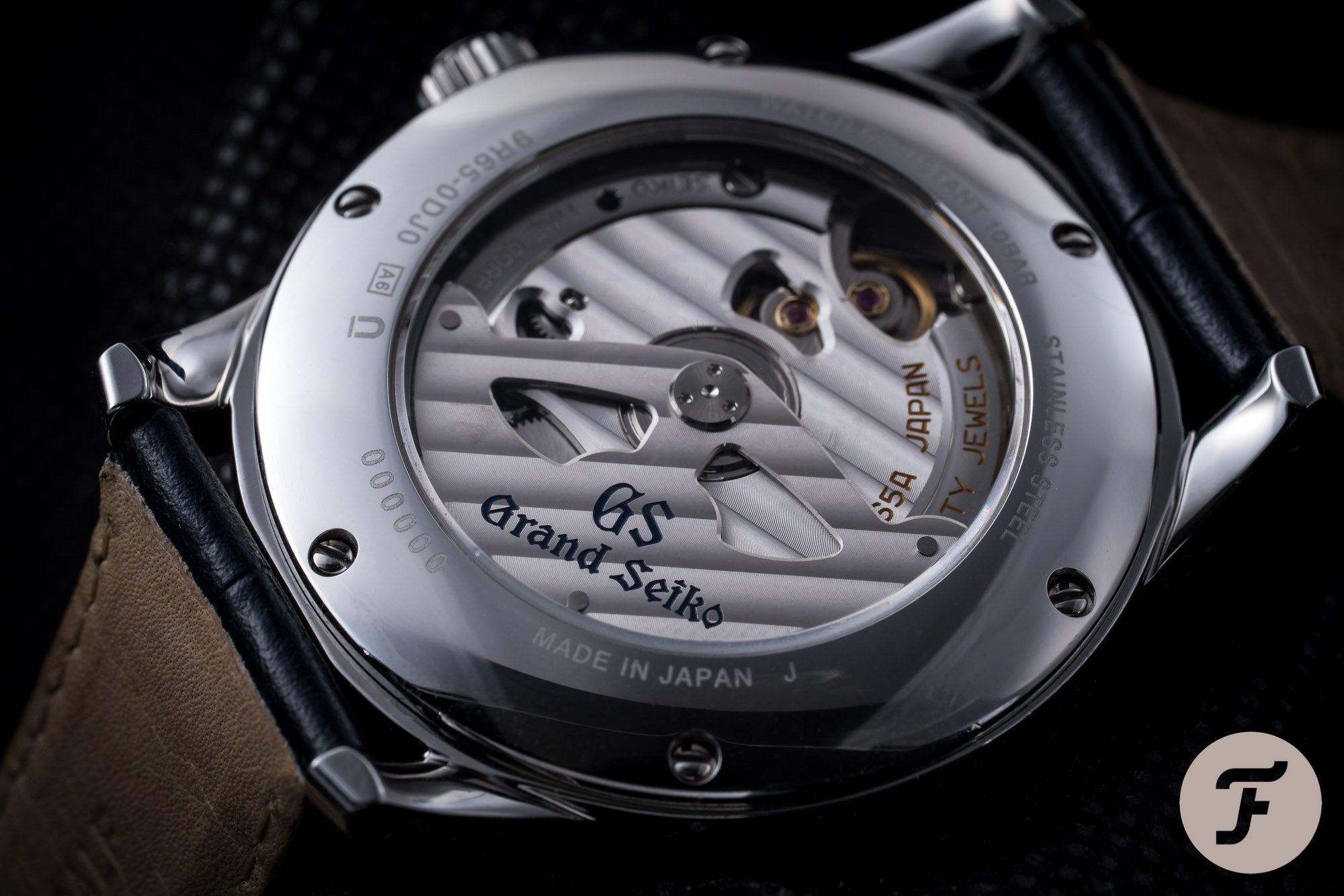How Watches Work: What Are Geneva Stripes?
As watch enthusiasts, we love to appreciate the mechanical marvels with which we adorn our wrists. We love to appreciate their technical prowess and their visual beauty. We turn them over, and through a beautiful sapphire display caseback, we can see the movement that powers the horological contraption. It’s beautiful, it’s wonderful. You’re likely to find a range of finishes and textures on movements of all different prices. Some are meticulously done by hand, others by machine, but I want to look at one specific type of finishing today: Geneva stripes.
Geneva stripes are also known as “Côtes de Genève” or even “Geneva waves”, and are perhaps among the best known of all the movement decorations. You’ll find them on various movement plates as well as on rotors. You will also find them on cheap, budget mass-produced movements, as well as expensive hand-made movements. This is partly because the technique is easily adaptable to automatic CNC machines. This finishing technique doe not require a human touch to achieve those signature stripes.
How are Geneva stripes made?
The process of achieving Geneva stripes on a movement part is actually relatively simple, on paper. Watchmakers finish the components using a lathe with a rotating, abrasive tool head positioned at a slight angle. They then draw the tool head lengthwise across the part in a smooth motion. The watchmakers must take great care not to alter the speed of the tool’s movement across the surface or the angle, or it would result in an uneven and irregular finish. The key to Geneva striping is a uniform finish. Geneva stripes can also come in a circular version rather than just linear; the watchmaker manipulates the part on a rotating base with the tool head remaining stationary. Omega also employs “sunburst” Geneva striping on some of its calibers.
Geneva striping began to become more prevalent in the early 20th century. While they have their roots in Geneva, they soon found their way throughout the watchmaking valleys. This finishing technique is known as “Glashütte striping” in the German watchmaking Nirvana of Glashütte, a nod to the area’s pride in its German roots.
What’s the point of Geneva stripes?
With Geneva stripes (or indeed, one of the many variations) being so commonplace in movement finishing, it’s easy to forget that finishes are not a purely aesthetic element. They actually serve two essential purposes. The first is obvious and the one we assume to be the sole raison d’etre: to enhance the beauty of the movement and its individual components.
The other reason for some movement finishing techniques is a little less apparent. In fact, while I’d heard about it many moons ago, I had actually dismissed it as an old wives’ tale. That was until Fratello’s resident watchmaker, Rob Nudds, confirmed to me that it was actually true. Geneva stripes’ signature grooves and channels have a fine, rough surface that enables them to pick up and trap dust. Keeping dust on the outside of the movement, rather than on the inside where it could wreak havoc on the sensitive, moving parts, is far more logical than you might initially think. It’s a fine example of form and function balancing the scales.
Follow me on Instagram: @davesergeant


